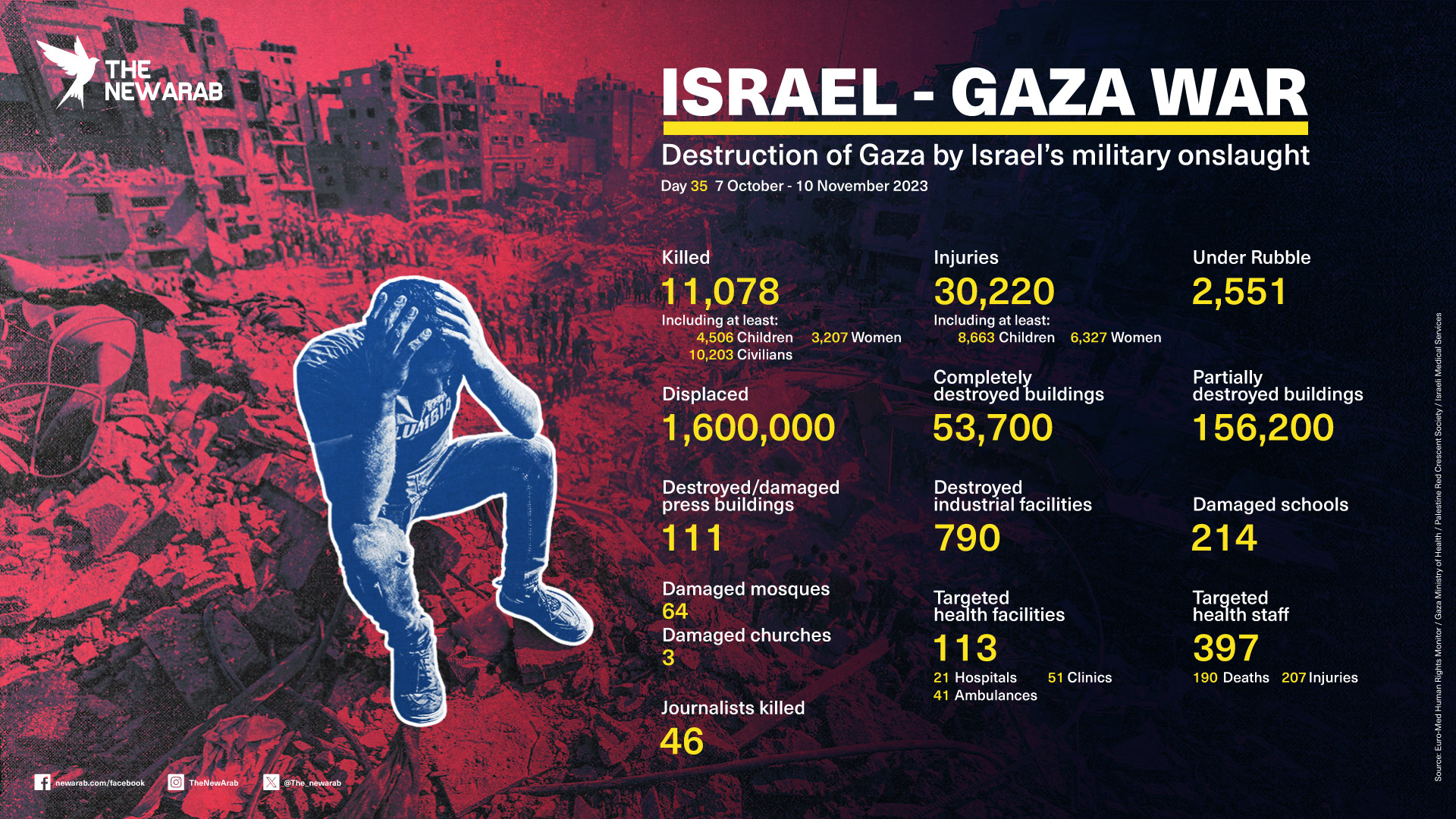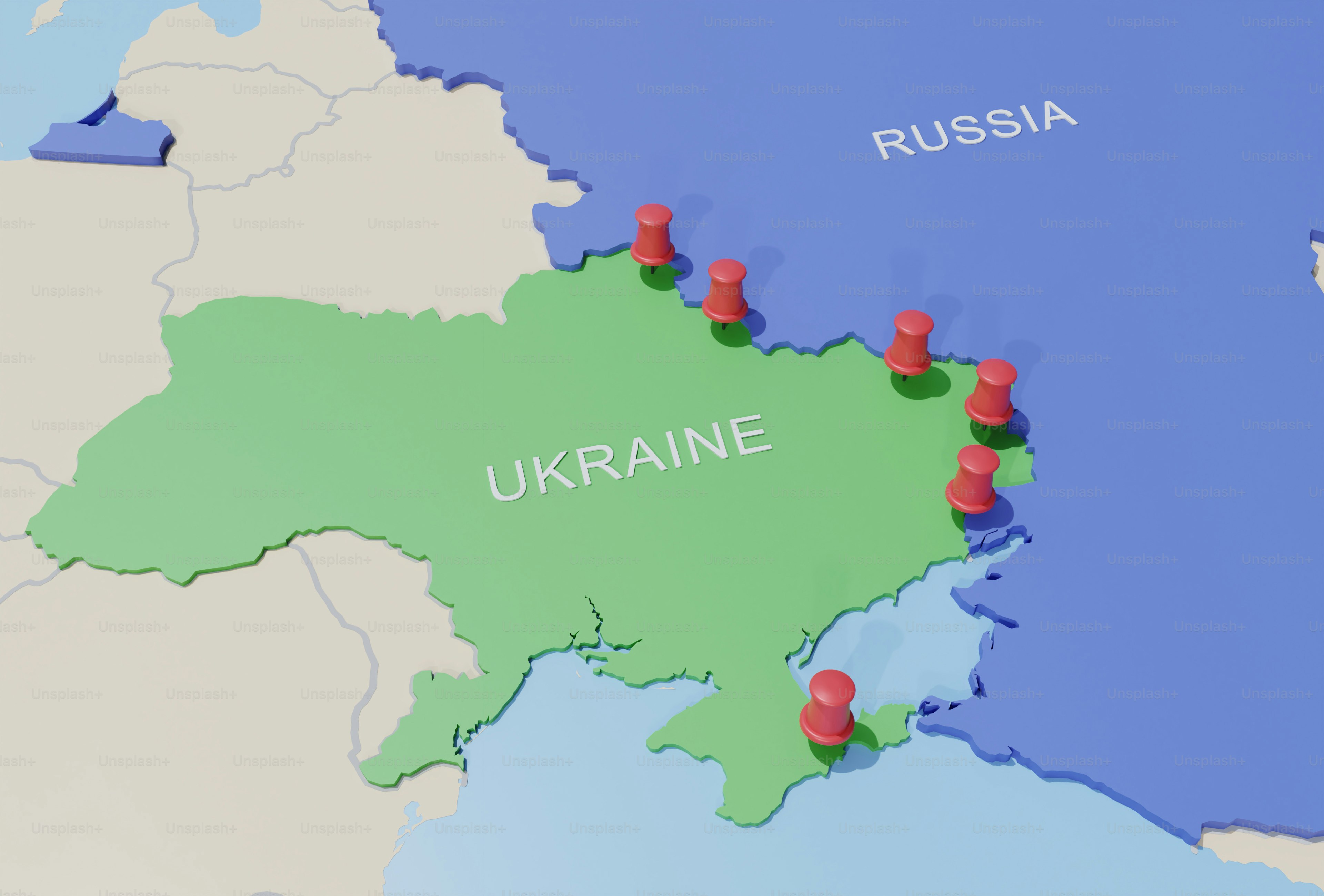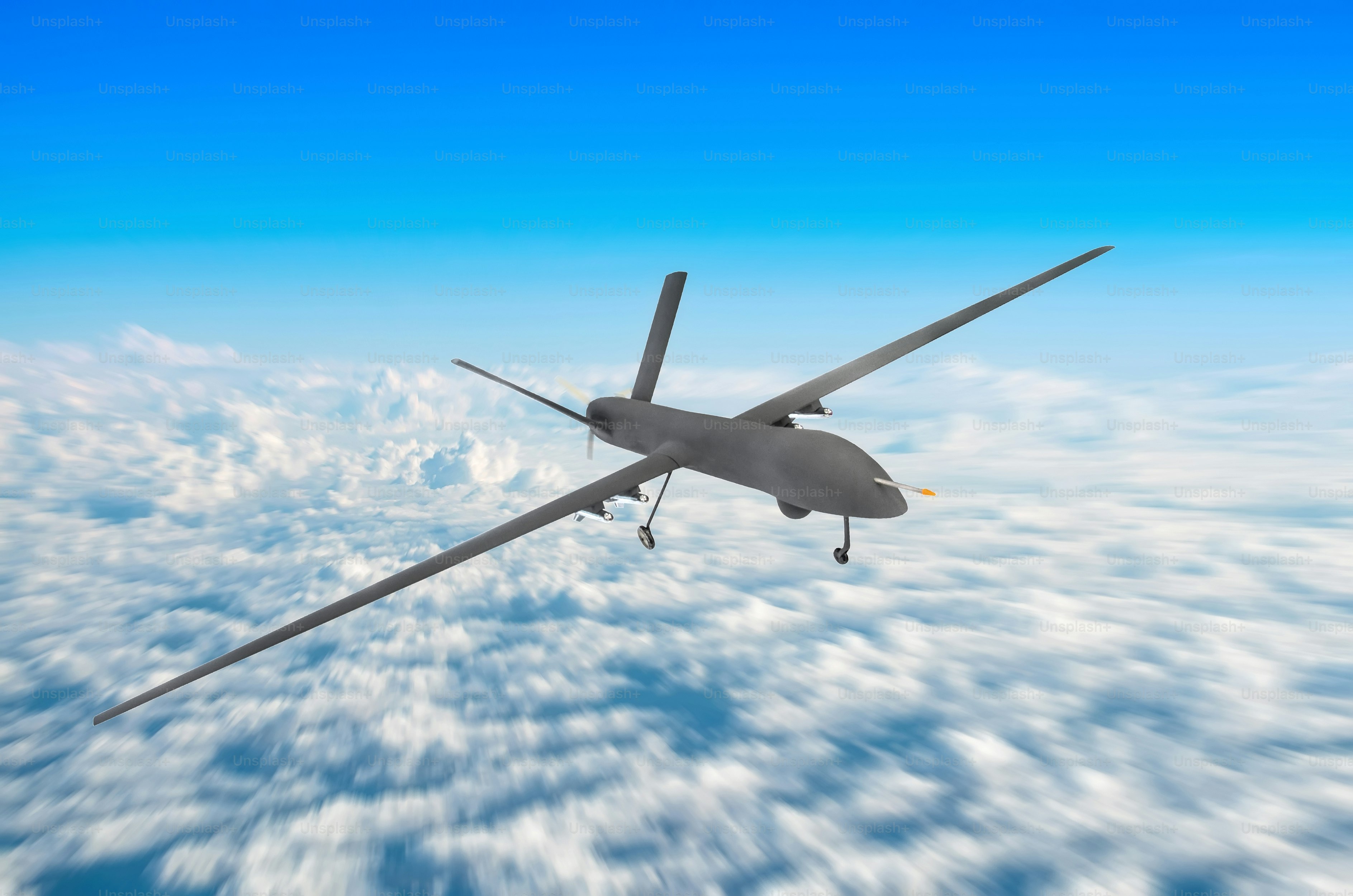Folks, the situation in the Middle East is, frankly, a powder keg, and we just saw another spark ignite. Reports are coming in that an Israeli airstrike hit a vehicle in Kaouthariyet El Saiyad, a town in southern Lebanon, today, resulting in one fatality and two injuries. The Lebanese Ministry of Public Health’s emergency response center confirmed the details, but, predictably, the IDF is remaining tight-lipped.
This isn’t happening in a vacuum. We’ve been watching a worrying uptick in cross-border fire between Israel and Hezbollah for weeks, and this escalation is a clear sign things are heating up. The lack of immediate comment from Israel is… well, it’s the standard playbook.
Let’s talk about the context. This isn’t about a single incident; it’s a pattern. Hezbollah has been increasing its attacks, and Israel has been responding with precision strikes. But ‘precision’ doesn’t lessen the human cost.
Understanding the Risks: A Quick Breakdown
Hezbollah, designated as a terrorist organization by many nations, remains a significant force in Lebanon, possessing a substantial arsenal. Their influence extends beyond Lebanon’s borders, creating regional instability.
Cross-border skirmishes are often used by both sides to signal resolve and test the other’s red lines. However, the risk of miscalculation is incredibly high, potentially escalating into a full-blown conflict.
Israel views Hezbollah as a direct threat, citing its ties to Iran and its large rocket arsenal aimed at Israeli cities. A major conflict could have devastating consequences for both countries and beyond.
Keep a close watch on this, because the stakes are incredibly high. This isn’t just a regional issue; it’s a geopolitical flashpoint with potential global repercussions. This is why understanding these dynamics is crucial, especially in the current volatile market environment.






